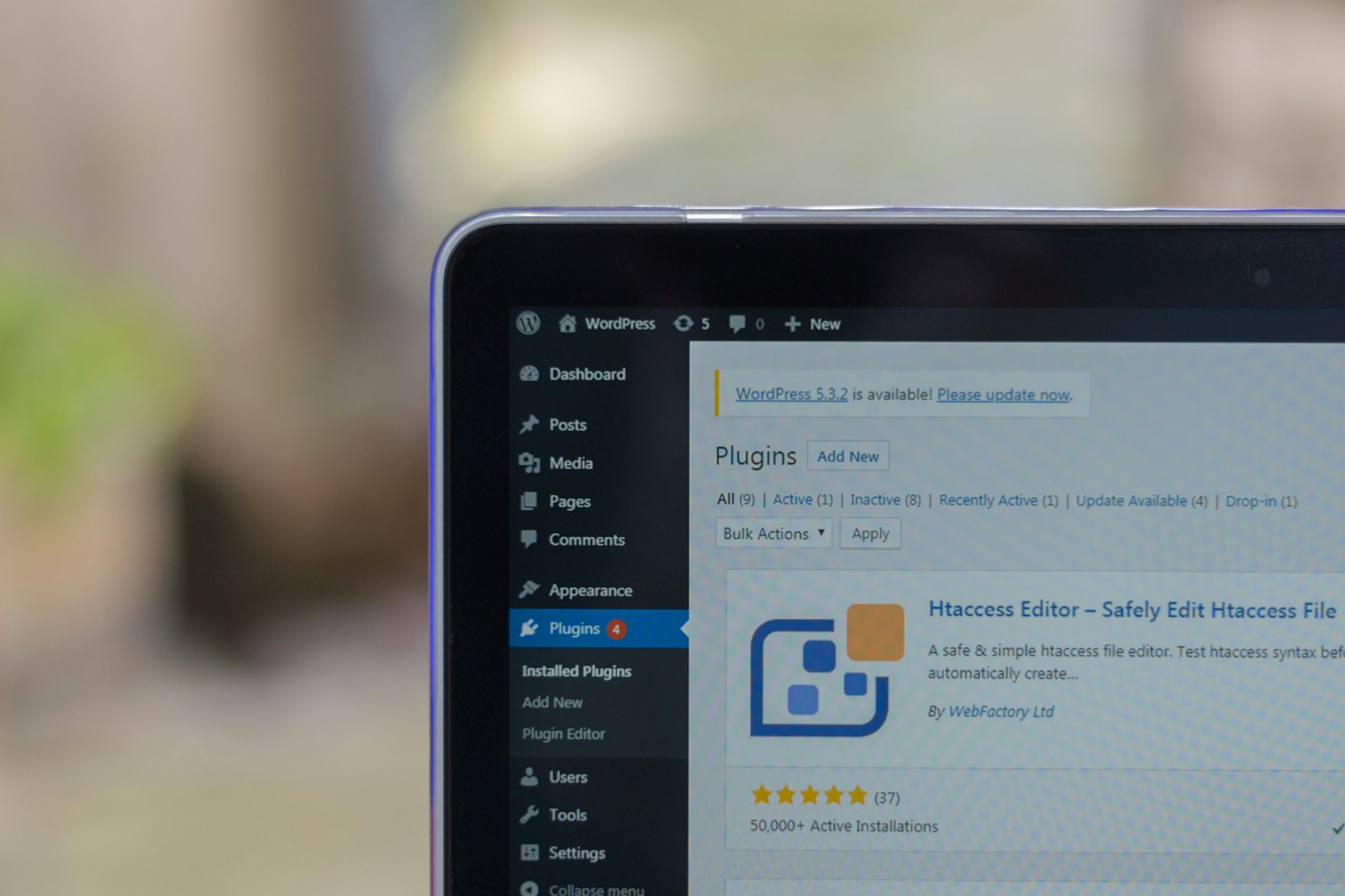Imagine having the ability to analyze your sales data in depth, identify trends, and forecast future demand with precision. By mastering the art of exporting orders from WooCommerce, you will unlock a treasure trove of information that can propel your e-commerce business to new heights. Whether you’re a seasoned online retailer or just starting out on your entrepreneurial journey, this guide will equip you with the knowledge and tools needed to harness the power of order exports and drive success for your online store. Let’s dive into the world of WooCommerce order exports together!
Introduction: Understanding WooCommerce Order Management
WooCommerce, as one of the most popular e-commerce platforms, offers a robust order management system that is essential for the smooth operation of online businesses. The process of managing orders within WooCommerce involves various stages, from receiving an order to fulfillment and customer satisfaction. Understanding the intricacies of order management in WooCommerce is crucial for any business owner looking to streamline their operations and provide exceptional customer experiences.
When exploring WooCommerce’s order management capabilities, it’s important to consider the diverse range of features available, such as bulk order processing, customizable order statuses, and automated notifications. These features empower businesses to effectively track and handle orders while maintaining a high level of efficiency and accuracy. Furthermore, gaining a comprehensive understanding of these functionalities can significantly enhance a business’s ability to adapt to changing market dynamics and meet evolving customer demands.

Accessing the Orders Page: Navigating to the WooCommerce orders section
Once your WooCommerce store starts receiving orders, accessing the Orders page becomes crucial for managing and processing them efficiently. Navigating to the Orders section in WooCommerce is a straightforward process that allows you to gain valuable insights into your sales and customer interactions. By selecting ‘Orders’ from the main menu, you can access a comprehensive list of all orders placed on your store. This central repository of order information enables you to track, manage, and fulfill orders with ease.
Furthermore, the Orders page in WooCommerce provides various filtering options that allow you to segment orders based on parameters such as order status, customer name, or purchase date. This level of customization ensures that you can quickly find specific orders or gather data for detailed analysis. Overall, making use of the streamlined navigation tools offered by WooCommerce empowers sellers to stay organized and focused on driving their business forward.
Filtering and Sorting Orders: Organizing orders for export
When it comes to exporting orders from WooCommerce, filtering and sorting are essential for organizing the data effectively. By utilizing filtering options, merchants can isolate specific orders based on criteria such as date, status, or customer information. This targeted approach streamlines the export process and enables businesses to focus on the orders that require immediate attention. Furthermore, sorting orders based on priority or fulfillment status allows for a more systematic approach to handling exports, ensuring that crucial orders are dealt with promptly and efficiently.
Another crucial aspect of organizing orders for export is the ability to customize views and fields. Merchants can tailor their order exports by selecting specific columns of data relevant to their business needs. This flexibility ensures that only necessary information is included in the export file, simplifying further processing and analysis. Additionally, customizing views allows merchants to create streamlined workflows tailored to their unique operational requirements. As a result, businesses can optimize their order management processes and improve overall efficiency when exporting orders from WooCommerce.

Exporting Orders: Step-by-step guide to exporting orders
In the world of e-commerce, efficiently managing and exporting orders is a crucial aspect of running a successful online business. With WooCommerce, exporting orders can be done with ease, but it’s important to follow a step-by-step guide to ensure accuracy and completeness. First, navigate to the WooCommerce dashboard and click on the Orders tab. From there, select the specific orders you wish to export or choose all orders if needed. Then, click on the Bulk Actions dropdown menu and choose Export Orders. This action will prompt you to select a file format for export, such as CSV or Excel.
Once you’ve chosen your desired file format and clicked Download Export File, you’ll have a comprehensive record of your orders that can be easily shared with other departments or third-party services. This process not only streamlines internal operations but also provides valuable data for analysis and forecasting. By taking advantage of this feature in WooCommerce, businesses can gain deeper insights into their sales patterns and customer behavior while optimizing their inventory management and fulfillment processes for greater efficiency.
Customizing Export Options: Tailoring the export process
When it comes to exporting orders from WooCommerce, customizing export options can significantly streamline the process and provide a tailored solution for your specific business needs. By leveraging the customizable export options available in WooCommerce, you can ensure that the exported data aligns perfectly with your reporting and analysis requirements. Fine-tuning export options allows you to select specific fields, date ranges, order statuses, and customer details, providing a granular level of control over the exported data.
Moreover, tailoring the export process enables you to automate repetitive tasks and save time by creating predefined export settings that match your recurring reporting needs. This not only enhances efficiency but also minimizes manual errors associated with exporting complex order data. Additionally, customizing export options empowers you to format the exported data according to your preferences, making it easier to integrate with external systems or analyze using advanced tools such as Excel or business intelligence software. Overall, taking advantage of customizable export options in WooCommerce opens up a world of possibilities for optimizing order management and gaining valuable insights into your business operations.

Using Third-Party Plugins: Enhancing order export capabilities
In the world of e-commerce, the ability to export orders efficiently is essential for businesses to analyze and manage their sales data effectively. Third-party plugins like WooCommerce Order Export Pro take this functionality to the next level by offering a wide range of customization options and advanced features. With this plugin, users can easily filter orders based on specific criteria such as date range, order status, or product categories, providing a more targeted approach to exporting data.
One particularly compelling aspect of using third-party plugins is the ability to automate order exports. With WooCommerce Order Export Pro, businesses can schedule automatic exports at regular intervals, eliminating the need for manual intervention and ensuring that crucial sales data is always up-to-date. Additionally, the plugin supports various file formats such as CSV, Excel, and XML, catering to different business needs and simplifying the process of sharing data with external stakeholders or integrating it into other systems.
Furthermore, enhanced security measures provided by third-party plugins offer peace of mind when handling sensitive order information. These plugins often come with encryption capabilities and access controls that protect exported data from unauthorized access or tampering.
Conclusion: Streamlining order export process in WooCommerce
In conclusion, streamlining the order export process in WooCommerce is essential for optimizing efficiency and accuracy in e-commerce operations. By utilizing the right tools and methods, businesses can improve their overall order management workflow, saving time and reducing the risk of errors. With the use of automation and customization options available within WooCommerce, exporting orders becomes a seamless task that empowers businesses to focus on growth and customer satisfaction.
By implementing a streamlined order export process, businesses can also better analyze sales data, track inventory levels, and gain insights into customer behavior. This allows for informed decision-making that can drive business success. Ultimately, by embracing efficient order export practices in WooCommerce, businesses can stay ahead of competition, minimize manual effort, and enhance overall performance in the dynamic world of online retail.

